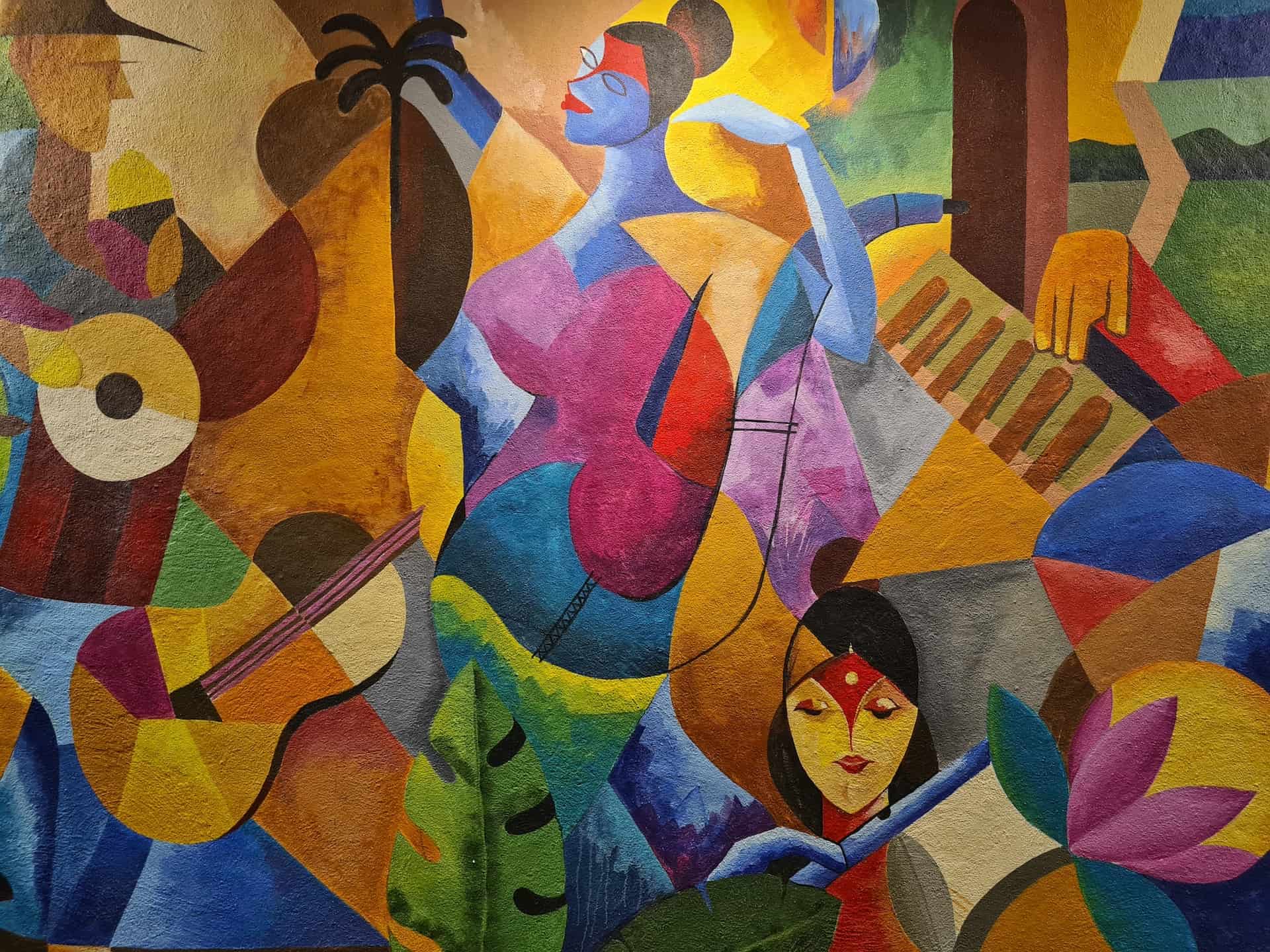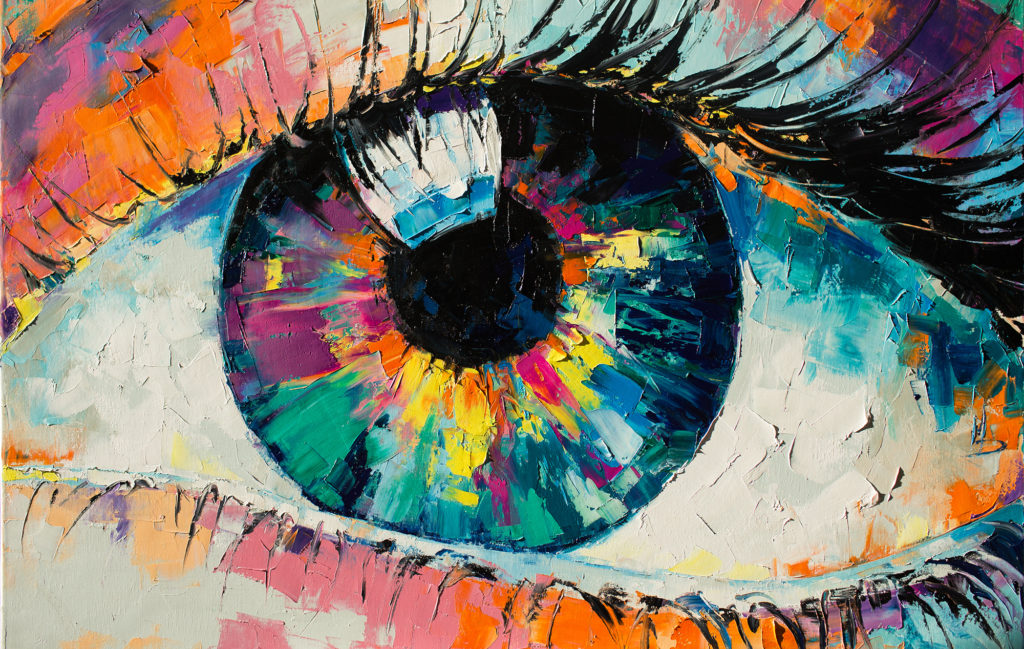Unveiling the Most Provocative Trump Art Pieces of the Decade
Unveiling the Most Provocative Trump Art Pieces of the Decade
Blog Article
Starting an Aesthetic Trip Through the Lyrical Analyses of Nature in Stylist Landscapes
Each brushstroke, each play of light and shadow, and each shade choice in their works talks quantities regarding the musicians' deep connection to nature and their ability to translate its elegance onto the canvas. As we discover the lyrical interpretations of nature in Impressionist landscapes, we are welcomed to submerse ourselves in a world where reality and feeling intertwine, offering a look right into the artists' extensive appreciation for the all-natural world.
The Fascinating Brushstrokes of Claude Monet
Claude Monet's mastery of brushstrokes goes beyond plain technique, imbuing his landscapes with an angelic quality that mesmerizes and mesmerizes customers - trump art. His innovative use color and light, incorporated with his unique brushwork, produces a sense of motion and life within his paintings. Monet's popular collection of jobs illustrating water lilies and his renowned haystacks showcase his capability to catch the short lived impacts of light and environment

Checking Out Light and Shadow With Camille Pissarro
Embodying a comparable respect for the interaction of light and shadow, Camille Pissarro's artistic vision unfolds as a harmonious expedition of the environment's luminous subtleties. Pissarro, an essential figure in the Impressionist movement, masterfully caught the dynamic partnership between light and shadow in his landscapes. His skilled use color and brushwork allowed him to share the refined changes in light that specify various times of day and seasons.
Pissarro's paints often include dappled sunshine filtering via fallen leaves, casting elaborate patterns of light and shadow on the planet listed below. In jobs such as "Hoar Frost, the Effect of Snow, Pontoise," Pissarro skillfully portrays the crisp illumination of winter months sunlight compared with the cool shadows that define the snowy landscape. By accepting both light and darkness in his make-ups, Pissarro welcomes customers to submerse themselves in the all-natural elegance and short-term effects of light on the planet around them.

Via Pissarro's works, we are advised of the transformative power of light and darkness, inviting us to stop briefly and appreciate the fleeting moments of appeal existing in the day-to-day landscapes that border us.
A Harmony of Color Styles by Edgar Degas
Edgar Degas coordinates a vivid symphony of shades in his skillful artworks, instilling his make-ups with a dynamic interaction of colors that astound the viewer's look. Understood mainly for his ballet professional dancers and intimate scenes of Parisian life, Degas skillfully controlled colors to convey mood and activity in his paints. trump art. His use strong, different colors and subtle tonal variants developed a sense of depth and vibrancy within his jobs
Degas' color palette typically contained rich blues, deep environment-friendlies, and cozy oranges, which he applied with confident brushstrokes to catch the essence of his subjects. Whether representing a ballerina mid-performance or a team of good friends talking at a cafe, Degas' shades not only showed the scene however likewise evoked a sense of emotion and power.
In Addition, Degas' trial and error with light and shadow included an extra layer of complexity to his color compositions, boosting the overall ambience of his paintings (trump art). Through his competent control of shade, Degas produced a visual harmony that continues to reverberate with audiences today
Discovering Nature's Serenity With Berthe Morisot
Berthe Morisot's creative vision provides a peaceful separation from the lively color symphonies of Edgar Degas, as she catches the harmony of nature in her expressive landscapes. Recognized for her delicate brushwork and intimate representations of daily life, Morisot's landscapes exude a feeling of peace and harmony.
Morisot's paints frequently include soft, soft tones that share a sense of peace and serenity. Her works, such as "The Cradle" and "Summer season's Day," showcase her capability to capture the subtle appeal of nature in such a way that is both reflective and comforting to the visitor.
Unlike a few of her Stylist equivalents who focused on vibrant structures and vibrant shades, Morisot favored to create gentle, introspective scenes that welcome the visitor to mirror and stop. Through her masterful use of light and darkness, Morisot develops a sense of peace that resonates with the viewer on a deep emotional level.
The Emotional Landscapes of Vincent Van Gogh
Vincent Van Gogh's landscapes clearly share a deepness of emotion through their dynamic brushwork and expressive use of color. The Dutch post-impressionist artist is renowned for his ability to catch raw and extreme emotions in his paintings, going beyond standard depictions of nature. Van Gogh's turbulent individual life, noted by psychological wellness battles, significantly affected his art, instilling his landscapes with a feeling of worry, moody, or liveliness.
In jobs such as "Starry Night" and "Wheatfield with Crows," Van Gogh's swirling brushstrokes and dynamic shade options evoke an extensive emotional feedback from visitors. The turbulent skies and agitated landscapes in his paints mirror his internal chaos and psychological disturbance, inviting audiences to explore the complexities of his subconscious.
Van Gogh's distinct aesthetic language, characterized by overstated viewpoints and strong use shade, develops landscapes that reverberate with customers on a deeply emotional level. Via his art, Van Gogh invites us to see nature not equally as an external fact however as a mirror of our innermost sensations and emotions.
Final Thought
Finally, the impressionist landscapes of musicians such as Claude Monet, Camille Pissarro, Edgar Degas, Berthe Morisot, and Vincent Van Gogh use a distinct and fascinating aesthetic interpretation of nature. Through their use brushstrokes, feeling, color, and light, these artists have actually produced a symphony of pictures that evoke a feeling of peacefulness and charm in the environment. Their works remain to inspire and charm audiences with their lyrical interpretations of the landscapes around us.
Each brushstroke, each play of light and shadow, and each pop over to this web-site shade selection in their jobs talks quantities regarding the artists' deep connection to nature and their ability to equate its elegance onto the canvas. His ingenious her response usage of color and light, incorporated with his distinctive brushwork, creates a feeling of activity and life within his paintings. His skilled usage of shade and brushwork allowed him to convey the subtle changes in light that specify link different times of day and periods.

Report this page